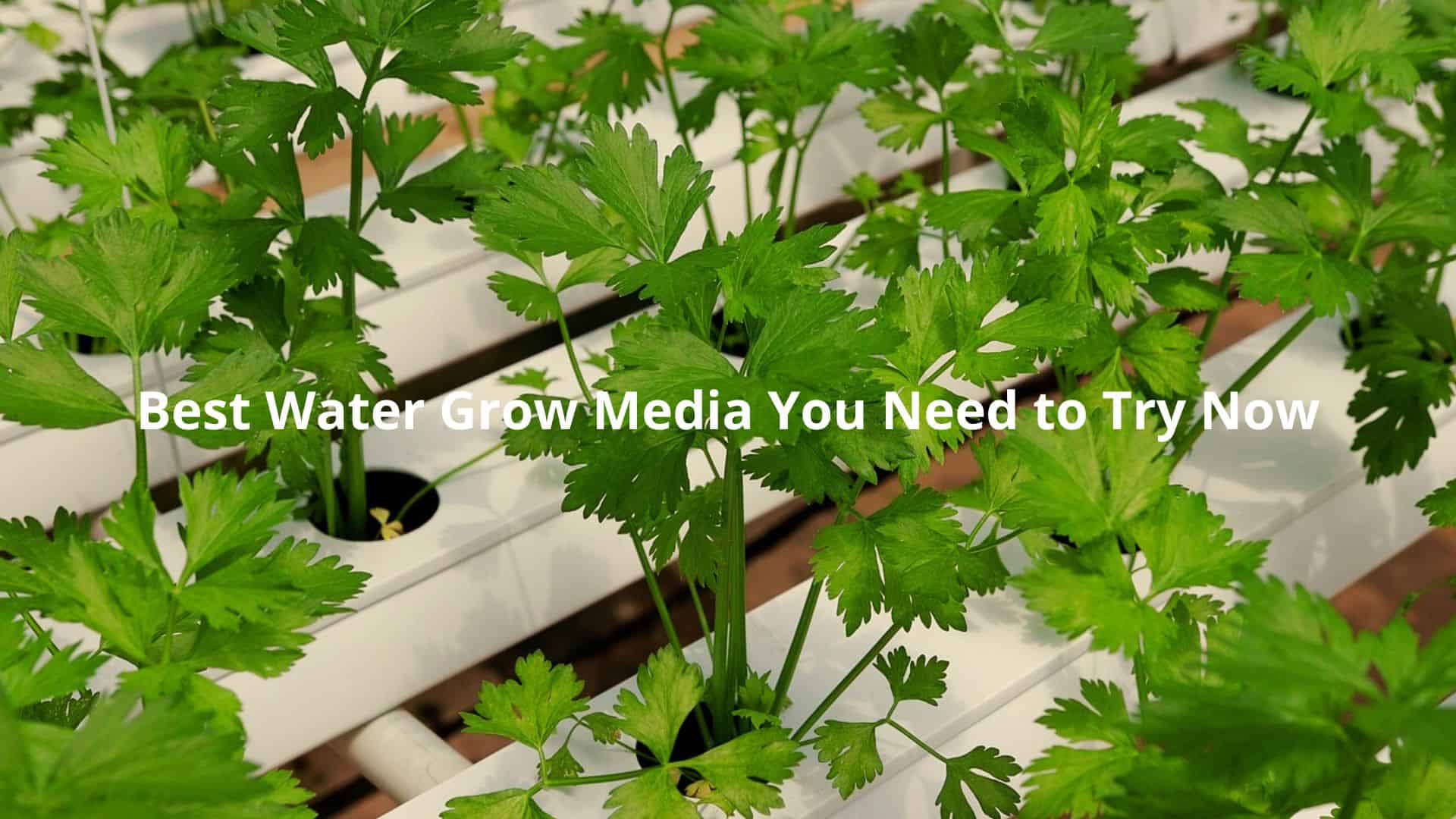Best Water Grow Media You Need to Try Now
You notice it straight away, plants don’t just want water, they want the right kind of home for their roots. If you use media that holds water well, supports roots, and lets air in, your plants will show their thanks. The best water-based grow media for hydroponic systems, I reckon, combine strong water retention with … Read more






